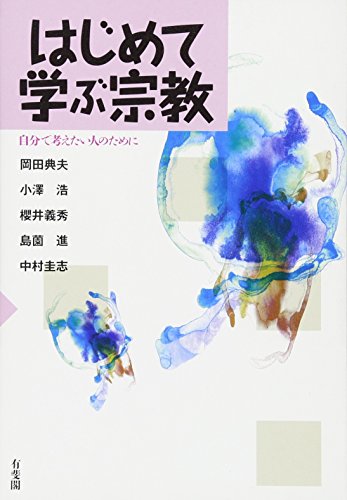7 0 0 0 はじめて学ぶ宗教 : 自分で考えたい人のために
- 著者
- 岡田典夫 [ほか] 著
- 出版者
- 有斐閣
- 巻号頁・発行日
- 2011
1 0 0 0 OA 「勧善」と「勧学」の論理 明治期「啓蒙」の「神義論」とそのジレンマ
- 著者
- 岡田 典夫
- 出版者
- 教育哲学会
- 雑誌
- 教育哲学研究 (ISSN:03873153)
- 巻号頁・発行日
- vol.1985, no.51, pp.86-89, 1985-05-10 (Released:2009-09-04)
- 参考文献数
- 6
1 0 0 0 OA 中村正直における教育的人間像 儒教的人間観とキリスト教的人間観の相剋
- 著者
- 岡田 典夫
- 出版者
- 教育哲学会
- 雑誌
- 教育哲学研究 (ISSN:03873153)
- 巻号頁・発行日
- vol.1978, no.37, pp.61-75, 1978-05-10 (Released:2010-01-22)
- 参考文献数
- 41
Nakamura Masanao, a confucianist who experienced the encounter with Western civilization, promoted the study of “the Western Law of Morality” (Saikoku no Kyoho) in order to accomplish the task of educating the nation by “reforming the character of the people”. This paper is an attempt to examine the basic structure of his “Law of Morality” relying on his image of man as he visualized it within the frame of an encounter between East and West.It is possible to interpret Nakamura's thought in its confucianist uniformity; in this paper however the development of his thought is roughly divided into three stages and in the slight changes which can be discovered during those stages, we try to find, in connection with the task of a reform of the ethos of the Japanese, the double aspect of “possibility and bond” characteristic of his image of man.The first period (about 1853-1866; first section of this paper) is the period when his interest was aroused in connection with problems of the national strength resp. weakness and “moral customs”. He believed firmly in human nature being basically the same in old and modern times, East and West; hence with an open-mindedness toward Western civilization, the foundation was laid during that period for investigating this problem.The second period (about 1867-1875; second and third section of this paper) was a period of groping for an expression of the content and the structure of “character” (hinko), since he has become aware of the relation between the strength resp. weakness of the nation and “character”. His image of man vascillates between canfucianism and christianity, but within this struggle indications appear of his establishing the foundations of a new image of man.The third period (about 1876-1891; fourth section of this paper) in connection with the problems the “autonomy of the heart” and the “right to fortune and misfortune” is characterized by a return to Nakamura's image of man in keeping with the finality of the confucianist world. The goodness or badness of the actions of man and the vicissitudes of life resulting therefrom, are considered closely bound together, and while the personal and the transcendental nature of “heaven (ten) as against” heart “become increasingly vague, his” education “(kyoho) is transformed into” educational rules for rewarding good and punishing evil". That is the reason why one gets the impression that Nakamura's thought, while being able to express the ethos of the people, was not strong enough to break through it from the inside.

